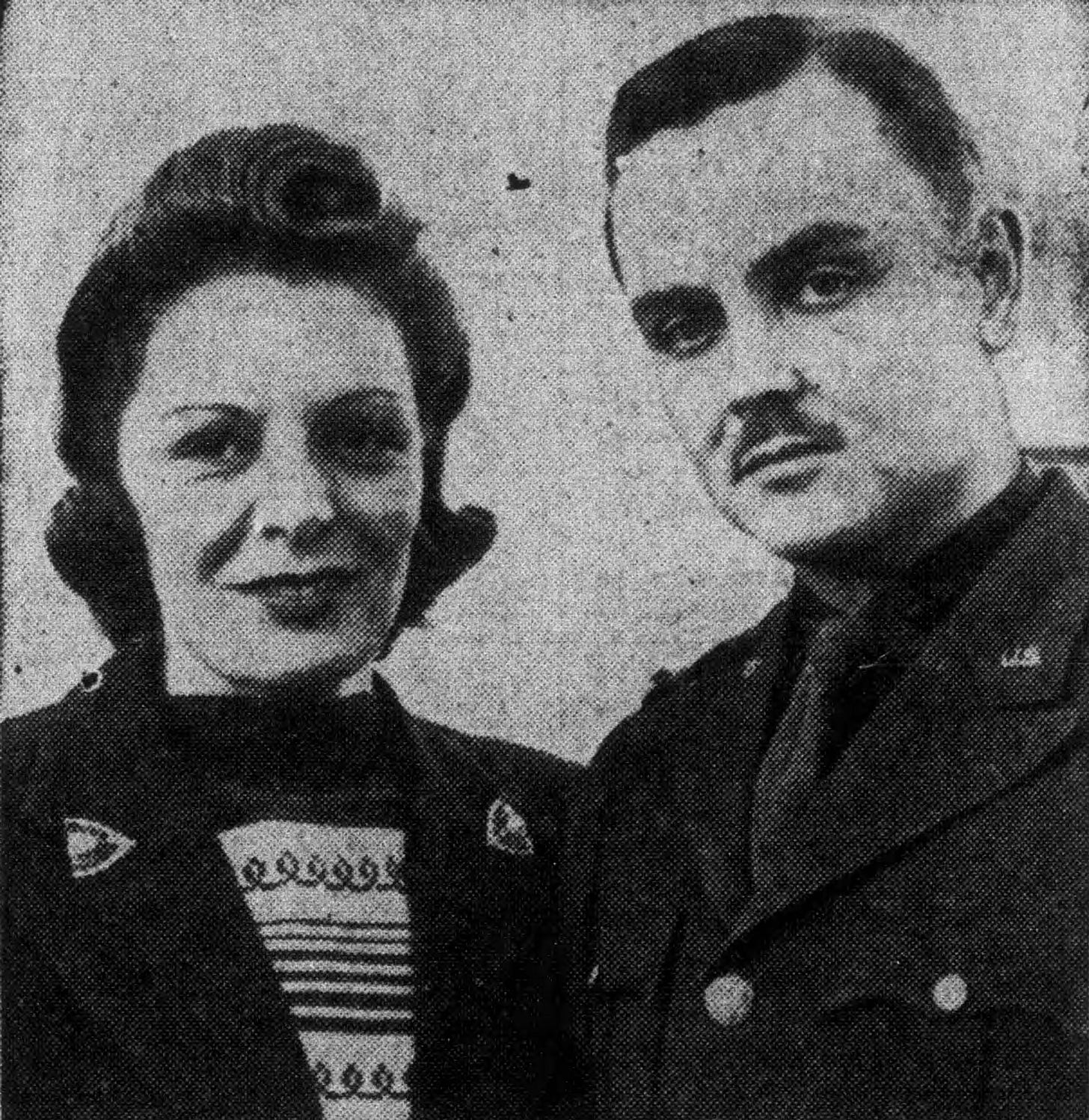Two correspondents' final flight
Brydon Taves and Pendil Rayner had seen plenty of combat up close by December 1943, so it’s unlikely the correspondents had a second thought before boarding a plane the day after Christmas to fly over the latest action in the Southwest Pacific.
Rayner, a longtime correspondent for the Brisbane Telegraph, had extensive experience covering the theater, from riding along on bombing raids to covering multiple landings in and around New Guinea.
“It was a point of honour with him that as a war correspondent he should experience at first hand the hazards and emotions of the men who do the fighting,” a colleague would write. “To stay at headquarters when it was possible to get to advanced positions would have appalled him.”
Rayner’s actions bore this out. He specialized in aviation coverage and had twice been aboard planes that had crashed in Australia.
Taves was just 29, five years younger than Rayner, but had spent much of his life seeing the world. The son of a New York City doctor, he was educated in England and got his first reporting job with the New York Herald Tribune. He soon jumped to the United Press and served two stints in Rio de Janeiro for the wire service around a two-year run in his hometown.
When war broke out in 1939, Taves quit his job and headed to London, where he attempted to join the British military but was rejected because he was an American. That led him back to the UP in London, where he covered the Blitz before moving on to South Africa in 1941.
When the Japanese attacked Pearl Harbor, he set sail from Cape Town to Australia, becoming the first U.S. correspondent on the ground there after his homeland officially entered the war. The UP put him in charge of its Southwest Pacific operations in early 1942, and he had covered various stories around the region ever since.
Taves truly made himself at home, marrying Australian actress Diana Parnham in May 1943.
Their time together would be tragically brief.
On the morning of Dec. 26, 1943, the 1st Marine Division landed at Cape Gloucester, on the western end of the island of New Britain across the Vitiaz and Dampier Straits from New Guinea.
Taves and Rayner were set to view the landings from above along with two other correspondents, Ian Morrison of The Times of London and Haydon Lennard of the Australian Broadcasting Commission.
Shortly after takeoff from an airfield near Gen. Douglas MacArthur’s headquarters in New Guinea, though, the plane plummeted back to the ground in a fiery crash. Two airmen aboard were killed, and Taves and Rayner were severely injured.
Taves suffered a fractured skull and had severe burns over more than half his body. He remained conscious for about an hour before falling into a coma. Rayner incurred compound fractures in one arm and both legs and also had severe burns.
Despite the efforts of medical teams on the ground, both men succumbed to their injuries Dec. 27.
Upon hearing of Taves’ death, MacArthur sent a telegram to United Press president Hugh Baillie praising the young reporter: “He served his country well as a war correspondent, and his keen desire to give the people accurate, first-hand news prompted his last tragic mission.”
During a brief memorial service at an American military cemetery in New Guinea, a UP story reported, U.S. warplanes flew low overhead in tribute, prompting chaplain James C. Crowson to raise his voice during the service.
“This young man was engaged in one of the most hazardous of callings,” Crowson said. “He died risking his life in an effort to bring to the people of his country the story of part of this great struggle against the forces of evil.”
Rayner was laid to rest in an Australian military cemetery in a separate ceremony:
“An Australian chaplain recited full military honors, and a rifle squad fired three volleys and presented fixed bayonets while three buglers sounded ‘Last Post.’”






